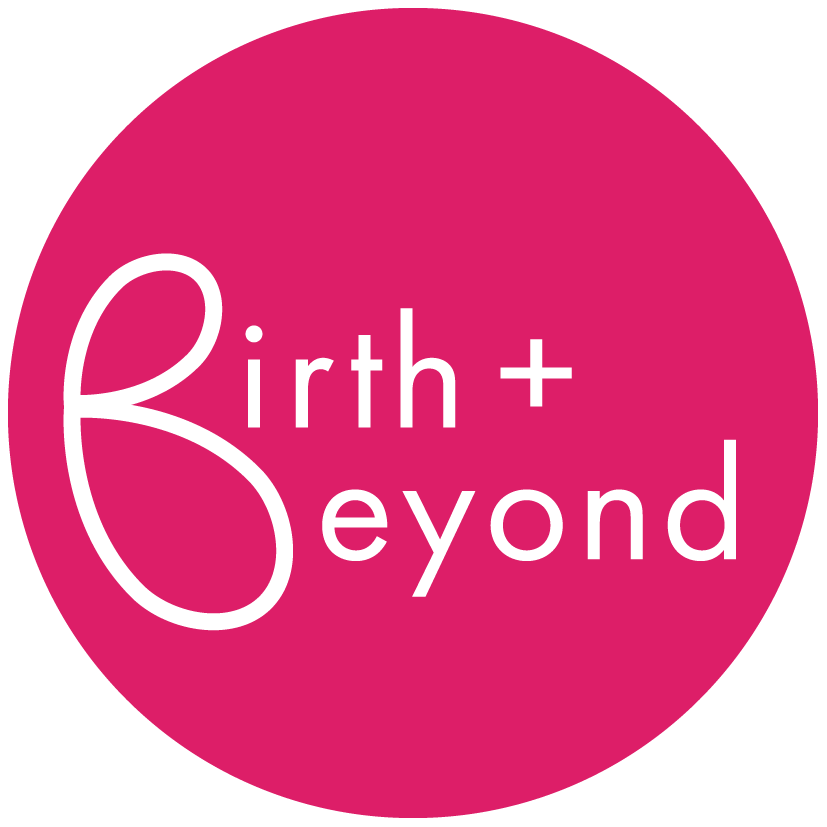So, as the diagram above simply shows, attention and intention create connection. Simples!
And yet it's sometimes not that simple at all. What if you're good at giving attention to people and then you never follow up (attention without intention)? Or what if you keep meaning to spend quality time with someone and never quite getting around to it (intention without attention)?
And like any other relationship, forming a positive connection with your baby isn’t just about giving them attention, it’s also about intention. Sometimes we can be scared that we’re not giving our kids the right kind of attention or enough attention. Sometimes we think that they don’t even want our attention. The problem is, it can be really hard to see what’s going on.
The psychological term for this combination of attention and intention is attunement - appropriate attention in a timely manner. Attunement is what helps your baby feel secure and loved, creating the secure attachment that helps them develop emotional, cognitive and physical (yes!) resilience.
The thing is - how do you know when you're giving your child enough of this intentional attention? There has been much written about 'good enough' mothering, most famously by the psychoanalyst D.W. Winnicott who coined the term. However, it is only recently that scientists have realised that you only have to be attuned to your child about 1/3 of the time. So what does that look like?
Well, that's tricky to define, but it can be the loving glance that your baby notices, the way you respond to some of their 'conversations', the tone of your voice when you're soothing their cries, the gentleness of your touch when you're changing their bottom, the way you tell them what you're going to do before you do it so they don't get a shock, the way you figure out the best way to respond when they hurt themselves... It's not a definite list of behaviours but more of an attitude towards being with your baby.
Because so many people come to see me who are worried about whether they're 'getting it right', I trained to be a Video Interaction Guidance practitioner. Video Interaction Guidance (or VIG) is a brilliant way of showing you how you are already giving positive attention to your child and what goes on between you both when you’re doing it. This can then help you become more intentional about doing it, since you have more idea of what it looks like. Sound clear as mud?! It’s basically a positive feedback loop, that is shown to promote wonderful change in relationships and build confidence.
VIG is very well regarded and used by the NHS around the country as it is so effective in building relationships. It is also used in Mother and Baby units to help reduce anxiety and depression in mothers who are struggling to connect with their baby. If you’d like to learn more about it, please check out this video here.
If you are interested in VIG and think it could be something that would help you and your child in your relationship together, you can find out more about it here. People often talk about how special it is to see these amazing moments of intimacy, and it’s definitely a tool that I’ve found to be incredibly positive in my relationships with my own kids. If you’d like to know more, I’m always happy to chat about it!

